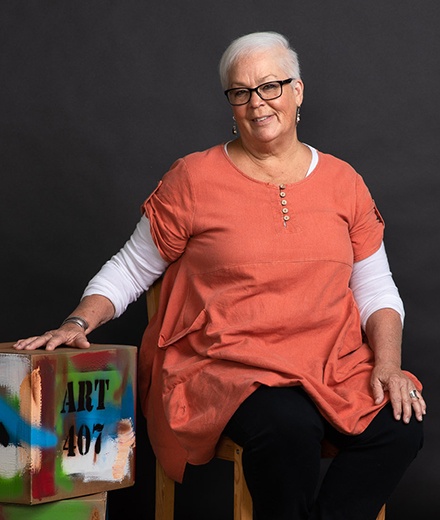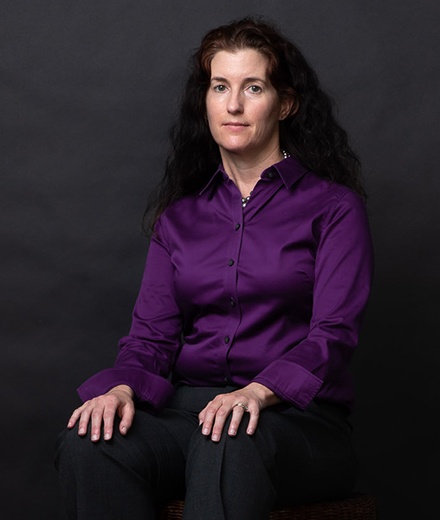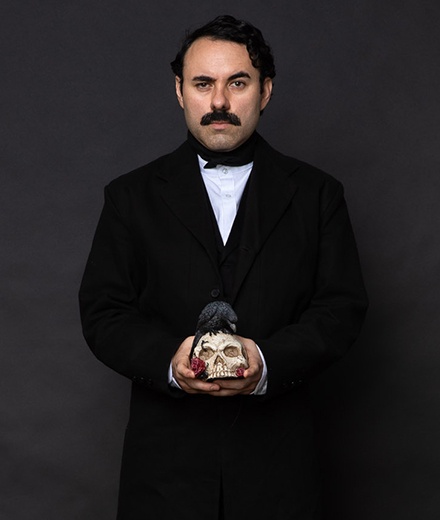Professors go above and beyond to keep students engaged in the online space
The COVID-19 pandemic is bringing out the OneBeach spirit in professors who are going the extra mile to keep their students engaged and ready to tackle a new semester. Distance learning can make it challenging to maintain a sense of community, but Cal State Long Beach professors are bringing unique approaches to teaching. Here are ways professors are adapting to teaching in the coronavirus era:
Delivering an ‘art party in a box’
When Laurie Gatlin, an associate professor of art education, heard some students wouldn’t be able to pick up art supplies on campus they needed for the new semester, she decided to take a road trip. Gatlin and her husband packed the car with boxes of art supplies and road trip snacks, put on some music and hit the road.
It took them 14 hours and 837 miles to deliver the boxes to students who lived across California — from San Jose to Temecula — but for Gatlin, the effort “just made sense.”

“My biggest fear in this switch to digital learning is that I felt like my students were going to miss so much not being in a class doing this together,” Gatlin said. “I wanted to create an ‘art party in a box’ kind of thing that made them excited about the class since we can’t be together.”
Gatlin followed all social distancing guidelines: she updated students via text message when the boxes would be delivered, wore a mask and gloves, and delivered the boxes on the doorsteps of her students’ homes.
Planning for the boxes started in early July. Gatlin and Assistant Professor Brian Trimble needed to order supplies, split them up, pre-cut materials and& prepare lesson plans for their students. But the idea for the road trip came later, when they were brainstorming how to reach students who couldn’t make it to campus.
Taking a road trip to deliver the boxes seemed like a “natural extension of their art education philosophy,” she said.
“We meet the criteria for well-rounded and thoughtful lessons, but what students are going to remember isn’t about what grade they got on a paper, but the feeling that their professors cared for them,” she said.
Virtual field trips around the world
Students in Dr. Jane Dabel’s African American History class have traveled to Ghana, Egypt, and Liberty Hall in Philadelphia — all from their homes. Dabel uses an application called Nearpod to make interactive lessons for her students, which includes virtual reality tours and about a dozen interactive components per lesson.
“The response has been overwhelming. The reaction from my students on the first day of class when I showed them Egypt was insane,” she said. “Everyone blew up the Zoom chat and were saying ‘this is nuts!’ In over 20 years of teaching, I’ve never had students react like that.”
Before the COVID-19 pandemic, Dabel never considered incorporating virtual trips into her curriculum because travel wasn’t restricted. But the virtual tours allow her to show students places they might never see otherwise, including a slave factory in Ghana, where slaves were kept before they were traded or sold.

“How many of us can get to Ghana to look at this really important historical place? The students were blown away by that one,” she said. “That helped me up my game and got me to thinking that we’re all confined at home, and travel’s sort of off the table, but we could take these virtual trips.”
Dabel discovered Nearpod when her middle school son used it while taking an online science class this summer. Dabel saw how her son’s teacher was interacting with the students and wanted to use it in her own classes.
Now, her students log into Zoom to listen to her lecture while watching visuals and interacting on Nearpod. These interactive methods allow all 40 students to have their own voice in the class, Dabel said.
“It’s completely transformed the way I can do an online course. My students are all there and show up engaged and asking questions,” she said.
Edgar Allan Poe, meet Edgar Allan Poe
When English 479K students logged onto their first Zoom meeting of the semester, they were met by Edgar Allan Poe.
Twice a week, Assistant Professor Rene Treviño suits up in a Victorian vest, frock coat and cravat (cloth neckband) to look like Poe for the class, which focuses on the life, legacy and literature of the writer and poet.
“It’s been an interesting process, it’s almost as if I’m getting ready for a performance as him,” he said. “The one thing I haven’t perfected is the Southern accent because he was from the South. Everything else I’ve tried to get as ‘period correct’ as I could.”

Treviño committed to playing the part: he avoided haircuts and grew a moustache and doesn't wear his glasses during class. He researched and bought period pieces to complete the getup because he said he wanted to give his students “something engaging to look at” while trying to emulate a classroom as best as he could from his home.
“I set up my classroom space in a way that was different from me just sitting at a desk,” he said. “I’m standing in my living room with lights set up, my T.V. as my monitor, a bookcase as my backdrop and a white board, so it should feel more like a classroom.”
Before the pandemic, Treviño valued the classroom as a place where everyone came together “in the joint pursuit of knowledge.”
He said attending class felt like an event, and it was important to try to replicate that same feeling in the new virtual space.
“We may not be in the same classroom, but we’re sharing this experience at the same time,” he said. “It goes beyond me teaching literature. It’s more of — even for a brief time — a shared, memorable experience.”





